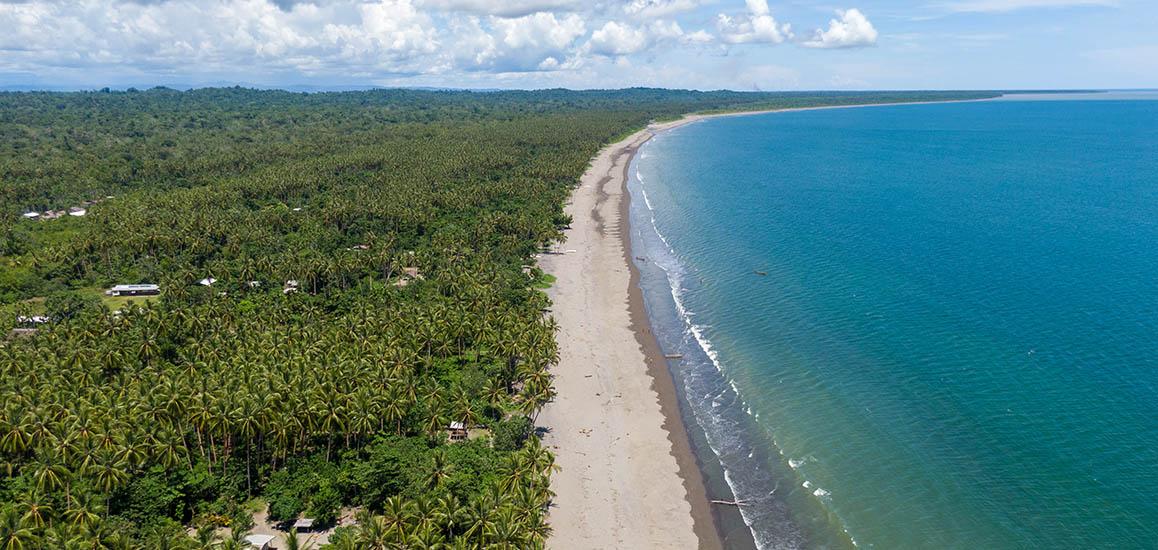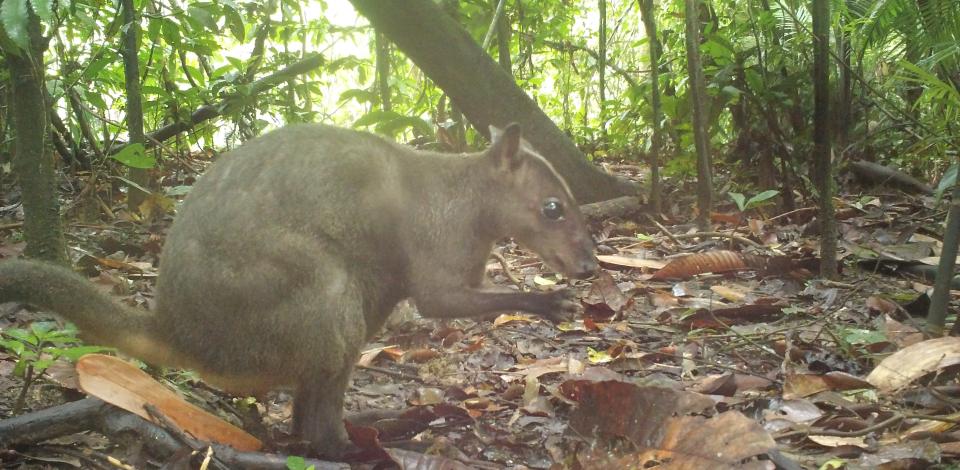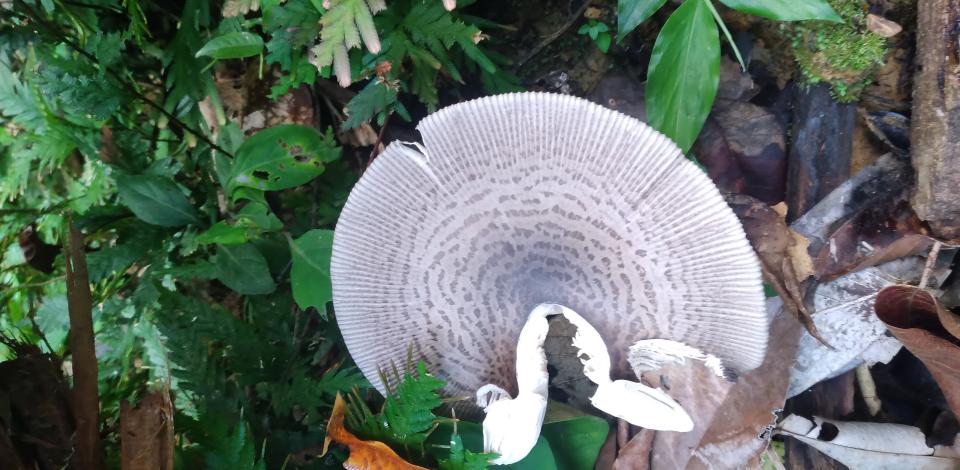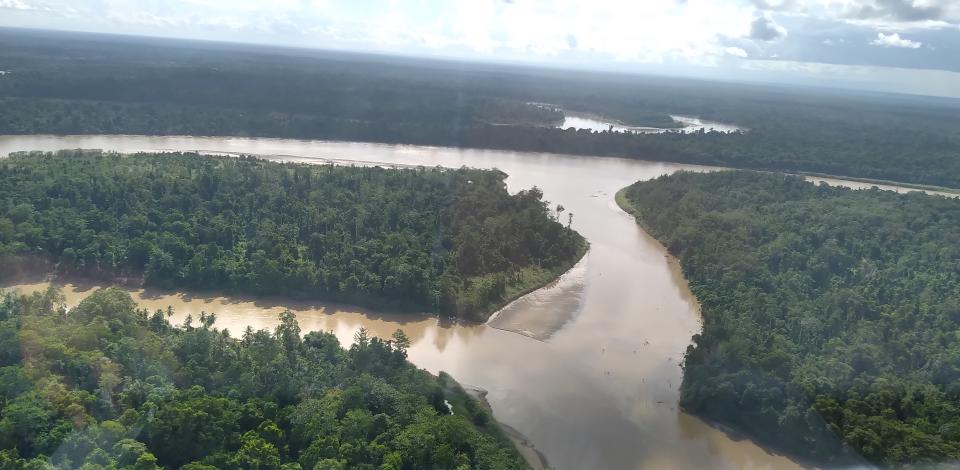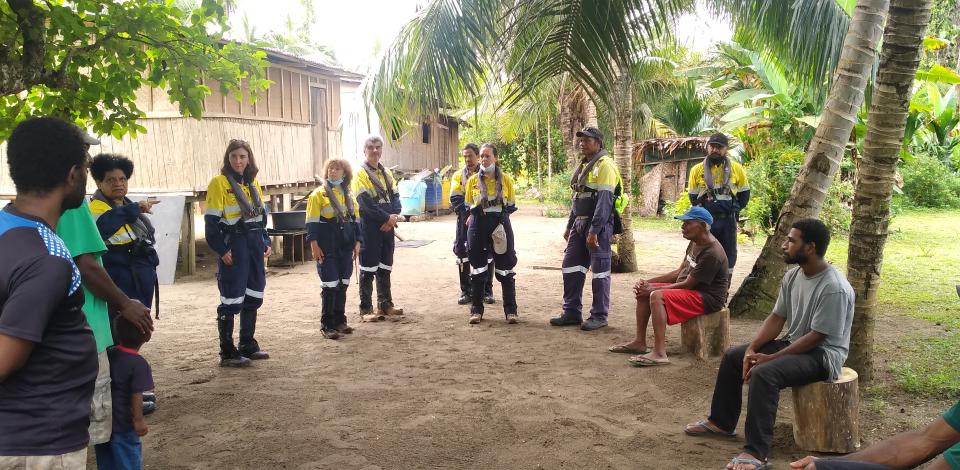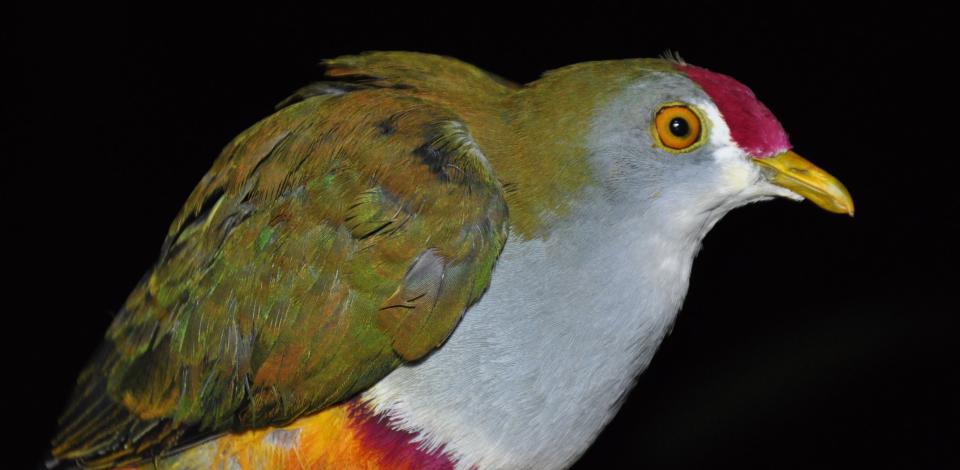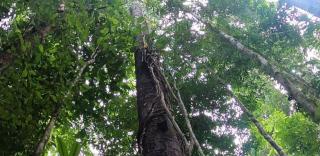
-
7%of global biodiversity on less than 1% of the world’s surface area
-
3rdlargest expanse of tropical rainforest on the planet
The Environmental program oversees all aspects of environment compliance and protection in all our project activities. Further we have a commitment to protect and promote the high Biodiversity and Ecosystem Services (BES) values in the areas where we operate. The objective of the environmental program is to implement environmental best practice for the long term and we are committed to achieving Biodiversity Net Gain (BNG). We achieve these objectives by applying relevant Papua New Guinea (PNG) legislation, International Finance Corporation’s Environmental and Social Performance Standards, and other applicable international standards. It is our organization’s mission to achieve environmental best practice and the BNG target. Our approach to the above commitments is outlined in our Environmental Management Plans for onshore and offshore Project activities and the Biodiversity and Ecosystems Services Strategy.
Biodiversity
The Island of New Guinea contains the third largest expanse of tropical rainforest on the planet. Papua New Guinea is rich in biodiversity, containing 7% of the biodiversity on less than 1% of the world’s surface.
TotalEnergies EP PNG places the protection of biodiversity and livelihood at the heart of its projects and operations. TotalEnergies EP PNG has a commitment to protect and promote the high Biodiversity and Ecosystem Services values in the areas where we operate. TotalEnergies EP PNG is also committed to achieving Biodiversity Net Gain.
To achieve Biodiversity Net Gain, TotalEnergies EP PNG will plan and conduct all of its Project onshore and offshore activities using the following mitigation hierarchy:
-
Avoid negative impacts
-
Minimize any avoidable negative impacts
-
Restore negative impacts where possible
-
Offset significant residual impacts
TotalEnergies’ ambition is to place environmental performance at the heart of our projects and operations and pay particular attention to the use of the planet’s natural resources.
Environment Impact Statement
The Project is a large-scale development in a remote area that is characterized by rugged terrain, high rainfall, low population density and a near-absence of infrastructure such as a road, power and communication networks. As such, impacts associated with the Project activities are unavoidable and require management. The Environment Impact Statement presents the terrestrial, marine and social impacts. It also analyses the impacts on cultural heritage, amenity, climate change, and ecosystem services.
Various management plans have been developed to mitigate and manage these impacts, eg a chemical management plan, a waste management plan, a water management plan and an invasive species management plan.
Invasive Species
Invasive species are a direct threat to ecosystem integrity and health, and can be introduced into habitats naturally or anthropogenically. Through competition, invasive species can reduce biodiversity and once an invasive species enters an ecosystem, it can be difficult to remove. They can have cascading impacts on ecosystems services, and depending on the species can even affect food security. Invasive Species Management Plans outline the projects commitment to managing invasive species in the project area.
Weeds are also known as invasive plants. Weeds are among the most serious threats to the natural land environments and can displace native species and contribute to land degradation, reduce agricultural productivity, soil disturbances, loss of native plant cover and erosion.


